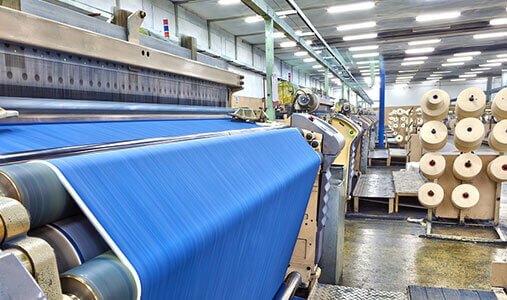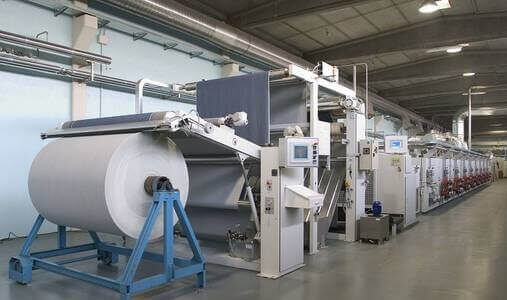There are many different types of textile machines used in the industry, each with its own specific function. Some common types include:
Spinning machines: These machines are used to create yarn from raw fibers. Examples include ring spinning machines, rotor spinning machines, and air-jet spinning machines.
Weaving machines: These machines are used to create fabrics by interlacing yarns. Examples include shuttle looms, rapier looms, and jacquard looms.
Knitting machines: These machines are used to create fabrics by interlocking loops of yarn. Examples include flatbed knitting machines, circular knitting machines, and warp knitting machines.
Dyeing and finishing machines: These machines are used to dye and finish fabrics. Examples include continuous dyeing machines, batch dyeing machines, and finishing machines such as calenders, sanforizers, and stenters.
Embroidery machines: These machines are used to create decorative patterns on fabrics. Examples include computerized embroidery machines and manual embroidery machines.
Printing machines: These machines are used to print designs and patterns on fabrics. Examples include rotary printing machines, flat-bed printing machines, and digital printing machines.
Cutting machines: These machines are used to cut fabric into specific shapes and sizes. Examples include laser cutting machines and computer-controlled cutting machines.
Sewing machines: These machines are used to sew fabrics together to create garments, bags, and other products. Examples include industrial sewing machines, overlock machines, and embroidery machines.



